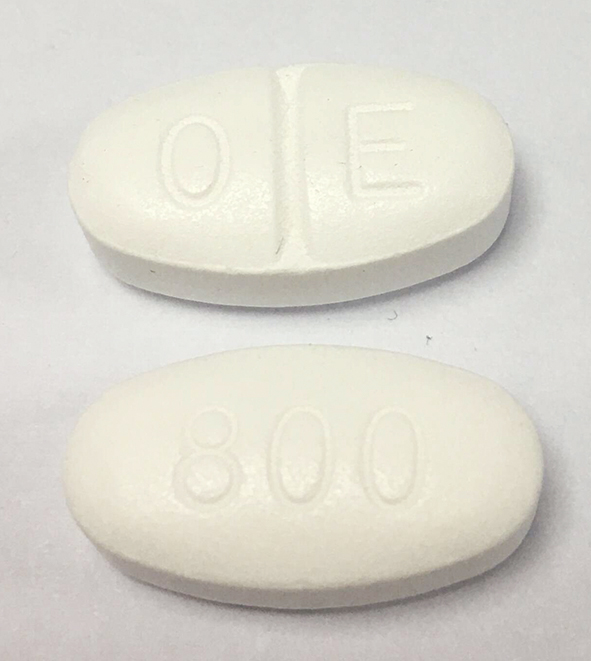Menopause is one of the most significant events in a woman’s life and brings in a number of physiological changes that affect the life of a woman permanently. There have been a lot of speculations about the symptoms that appear before, during and after the onset of menopause. These symptoms constitute the postmenopausal syndrome; they are impairing to a great extent to the woman and management of these symptoms has become an important field of research lately. This chapter attempts to understand these symptoms, the underlying pathophysiology and the management options available.
Gabapentin is a valuable, well-tolerated option for managing postmenopausal symptoms, particularly when HRT is not suitable. Its dual benefits of reducing hot flashes and improving sleep make it a popular choice for many women.
Gabapentin is increasingly used off-label to manage postmenopausal symptoms, particularly hot flashes and night sweats. These vasomotor symptoms are common during menopause and can significantly impact quality of life. Gabapentin is a good alternative for women who cannot or do not wish to use hormone replacement therapy (HRT).
How Gabapentin Helps Postmenopausal Symptoms
1. Reduces Hot Flashes
- Gabapentin modulates the nervous system, particularly by affecting calcium channels and neurotransmitter release.
- It stabilizes the hypothalamus, the part of the brain that regulates body temperature, reducing the frequency and intensity of hot flashes.
2. Improves Sleep Quality
- Night sweats and hot flashes can disrupt sleep. Gabapentin’s sedative and calming effects help promote deeper, more restorative sleep.
3. Manages Mood Symptoms
- By calming overactive nerve activity, gabapentin may help with irritability or anxiety that often accompanies postmenopausal symptoms.
Evidence of Effectiveness
- Studies have shown that gabapentin can reduce the frequency and severity of hot flashes by 50–80% in many women.
- It is especially effective for nighttime symptoms, improving sleep and reducing nighttime awakenings.
Dosage for Postmenopausal Symptoms
- Typical starting dose: 300 mg per day, often taken at bedtime to improve sleep and minimize side effects.
- The dose may be gradually increased to 900 mg per day, divided into 2-3 doses, based on symptom control and tolerance.
Benefits
- Non-Hormonal Option: Ideal for women who cannot use HRT due to a history of breast cancer, blood clots, or other contraindications.
- Quick Onset: Many women notice improvement in hot flashes within a week of starting gabapentin.
- Safe for Long-Term Use: Gabapentin has a low risk of dependence or addiction.
Considerations
- Alternative Treatments:
- Hormone Replacement Therapy (HRT): Most effective for vasomotor symptoms but not suitable for all women.
- Other Medications: SSRIs or SNRIs (e.g., venlafaxine, paroxetine) are also effective for hot flashes.
- Lifestyle Modifications:
- Consult a Doctor:
- Gabapentin should only be used under medical supervision, especially for long-term treatment.

